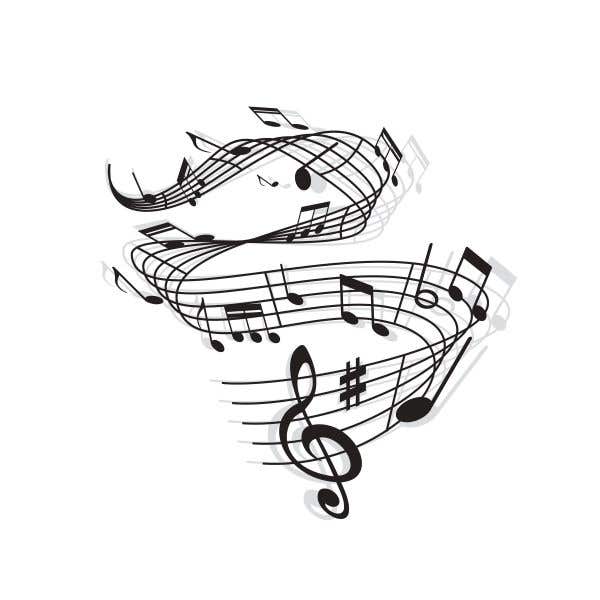All it takes is a look at a coin book
When you sit at my desk week to week, it is easy to see the ongoing drama of numismatics unfold. But what about collectors who might skip reading a week or two of the paper, or the online version of the same stories? What about collectors who buy only the annual guide book?
When you sit at my desk week to week, it is easy to see the ongoing drama of numismatics unfold. But what about collectors who might skip reading a week or two of the paper, or the online version of the same stories? What about collectors who buy only the annual guide book? What about hobbyists who don’t attend any shows or club meetings?
Is there a certain level of information that makes us the hobbyists that we are, or are we simply collectors no matter how much or how little information we have on hand?
While the sum total of our experiences does help mold us into the collectors that we are, there does not seem to be a minimum level that keeps us from being considered a collector. I had a telephone call from a woman who has had an on and off interest in numismatics for much of her life. She had purchased the 2011 edition of North American Coins and Prices.
She called from her home in Indiana because she had a question, but she also wanted to talk. Her roots in the hobby go back to at least the 1970s when she purchased a Saint-Gaudens gold $20 for $150. The way she put it is it was the first time bullion had really soared and the economy had taken a dive.
Unfortunately, that coin, which she said was a 1923, had been stolen many years ago along with a few other coins, which I also presumed to be gold, but that part was not explained.
She was in the Saint-Gaudens section of the book. She was shocked to see in black and white how much higher prices had gone and felt the sense of loss for her missing coins all over again.
It was her opinion that the Saint-Gaudens $20 is the most beautiful American coin. When I told her that most other collectors would agree with her, she was pleased to hear it.
Like what you're reading? Subscribe to our FREE email newsletter![form id="27827"]
Slowly, she was getting around to her question. The 1933 Saint-Gaudens $20 was listed at $9 million in the book. Is it really that valuable? The mintage doesn’t look that low, she said.
I explained the coin was so valuable because there is only one that can be legally owned by collectors. That keeps the price up.
How could the government do that, she asked? I told her the government theory of the coins being stolen and that title to stolen property does not pass.
Though she knew nothing of this year’s Langbord trial, nor of the existence of another dozen 1933 gold $20s, my impression was she was very interested in the topic and her instincts match the instincts of readers even if she had not followed the news of these coins.
This conversation just seemed to bubble out of her after looking at the book. I can understand the curiosity. Once you start wondering about coins, who knows where it will take you?
Though she didn’t say what her plans were, now that the caller has that book in her hands, there is no telling where it will take her. She definitely is a collector even though she hasn’t read the paper, or been a regular at coin shows.
More Coin Collecting Resources:
• Subscribe to our Coin Price Guide, buy Coin Books & Coin Folders and join the NumisMaster VIP Program









